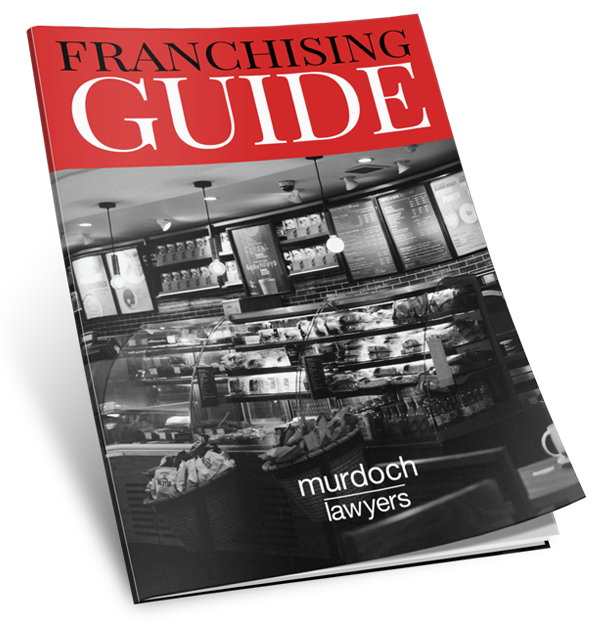Last week we considered the valuation of the property pool.
Once the pool has been assessed, step 2 of the four-step approach to property division involves assessing each party’s contribution to the relationship, both financial and non-financial, and also the contribution made as homemaker or parent.
Financial Contributions
Financial contributions are made by or on behalf of a party to the acquisition, conservation or improvement of any property of the relationship. Most commonly this refers to one party’s earnings, money or other assets brought into the marriage and used to buy furniture, a home, car, tools or money that is saved or invested. A complicating factor in some instances is where it is necessary to determine the contribution of each party at the commencement of the relationship. The courts have confirmed that an initial contribution must be taken into account, although the contribution may be eroded depending on various circumstances including the length of the relationship. Contributions made by family members as well as the individual parties can be taken into account.
Non-Financial Contributions
Non-financial contributions are contributions that add value to property of the relationship. This can include maintenance of or improvements to relationship property (for example renovating a family home), or a parties contribution to enable their partner to pursue business activities. The value of such contributions can sometimes be determined by the courts by valuing the market rate of a third party to complete the same job.
Family Welfare Contributions
Homemaker contributions (for example a stay at home parent) are now treated by the courts as equal to that of the primary breadwinner. The reasoning is that in most relationships there is a division of roles, duties and responsibilities between the parties, and these roles are undertaken for the welfare of the family unit. These contributions cannot simply be assessed in monetary terms or to the extent that they have financial consequences which has been reflected in recent court decisions.
Overall a holistic approach is to be taken when determining each party’s contribution so that the contributions will be considered to the pool as a whole. However, there are instances where the courts may adopt an ‘asset by asset’ approach. This approach may be taken in circumstances such as where an inheritance is received late in the marriage or a short marriage where the parties kept their assets separate.
In long relationships, the Court often treats contributions as equal and does not require a detailed analysis of individual contributions over the course of the relationship. However, where a significant financial contribution was made by a party this will not be the case. Therefore you should seek independent legal advice about your particular circumstances. After each party’s contribution has been determined the future needs of the parties is assessed this will be discussed in next week’s article.
If you would like further information please contact Andrew Crooke a member of our Toowwomba Family Law Solicitors on 07 4616 9898.
Prepared by Andrew Crooke




